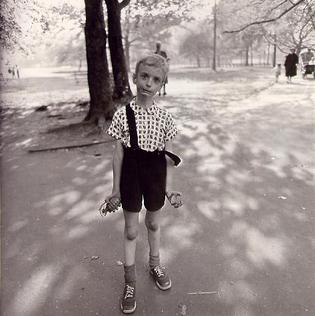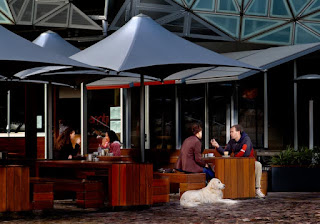
I didn't realise how much I would come to like this image when I took it. Usually, it's the other way around - I know that I will like the photo at the time I am taking it.
I did see what I have tried to portray in the title of this post. A solitary bloom, pushing its way skywards from a barren rocky mountain; blue water in the background, a coastline beyond that. I hoped that the contrast between the beautiful flower and the stark rock would make an interesting image.
But I was unsure of my ability to present all of that, and my first impression when I looked at the monitor on the camera confirmed my expectations. It wasn't until later when I looked at it on my computer that I felt that I had captured the potential that I saw.
I was able to make some adjustments to the original on the PC. I altered the format from portrait to landscape, and in so doing, I was able to crop some superfluous rock from the bottom of the image. This doesn't reduce the sense of contrast between the rock and the flower, but it does give more relevance to the background of the ocean and shore line. It also allowed me to straighten that shoreline, which in the original drops away on the left-hand side. A slight boost in the saturation of the water, and bingo!
TIP: Don't rely on your camera's monitor for final decisions on your images. Check them on your computer, and think of any possible editing enhancements first.
EXIF: Nikon D70; Nikkor 18-70mm DX; ISO 400; 1/500 sec; f11.
TFF





























